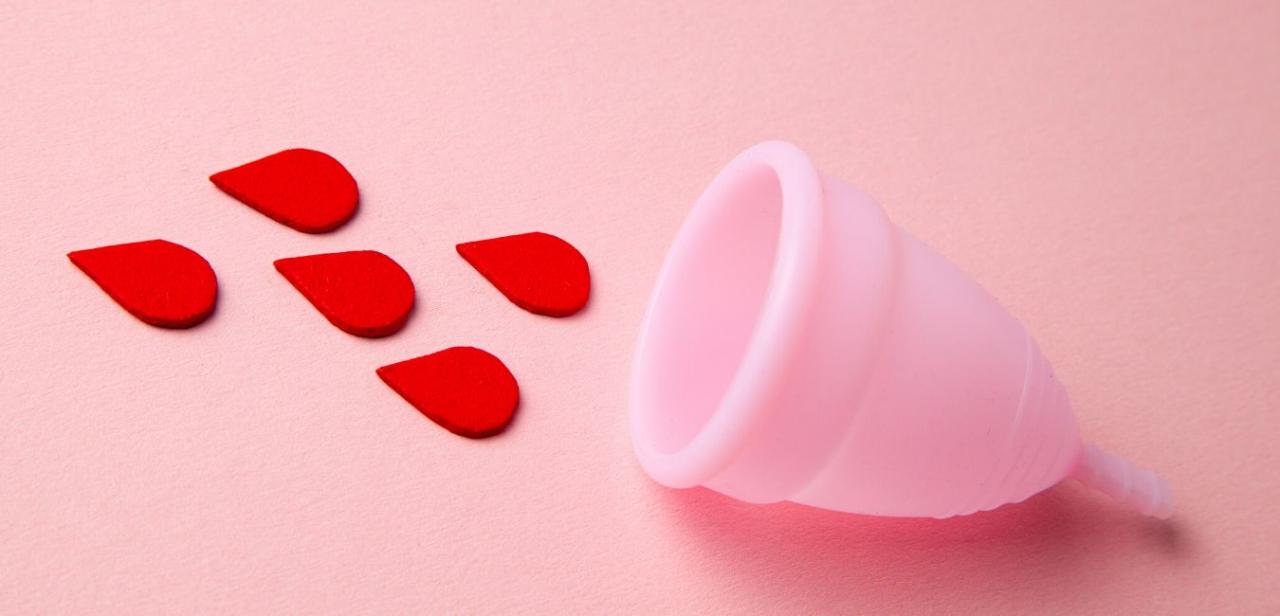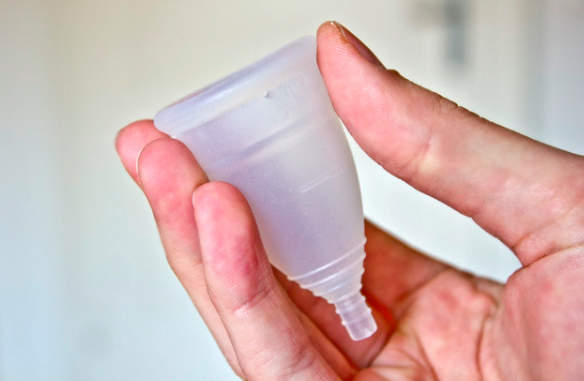You may have heard the term “pH-balanced” in reference to your favorite anti-perspirant. pH is the measure of acidity or alkalinity of a substance or environment on a scale of one to 14, one being the most acidic and 14 being the most alkaline (or basic). So pH balance means maintaining the naturally occurring pH level of a substance or environment. Your body’s pH levels differ depending on each system or organ.
The female vagina has a naturally acidic pH that ranges from 3.5 to 4.5. This acidic environment maintains that the levels of “good” and “bad” bacteria in balance. A bacteria imbalance in the vagina can lead to irritation, odor or infections such as Bacterial Vaginosis, the most common vaginal infection among menstruating women.
During menses, blood present in menstrual fluid paired with hormonal changes in the vaginal tissues raise vaginal pH. Tampons can further contribute to this rise by absorbing and retaining menstrual fluid in the vaginal canal for an extended period of time. Chemicals present in some tampons may also affect pH levels. The rise in vaginal pH can increase the likelihood of infection. Some women regularly experience vaginal infections following their periods for this reason.
There are a number of factors that may make the vagina more susceptible to infection:
- Menstrual blood
- Tampons that absorb menstrual fluid for an extended period of time
- Sex
- Douching
- Hot tubs
- Feminine deodorants
- Hormone fluctuations, for example, during pregnancy or menopause
Doctors have confirmed a clear link between vaginal pH and infection.1 One step women can take to maintain their vaginal pH during menses is to use a menstrual cup. Studies have shown that menstrual cups, unlike tampons, do not alter the pH or bacteria levels in the vagina. Avoiding feminine deodorants and douching can also help you maintain your pH balance.
Sources:
1. http://womenshealth.about.com/od/vaginalhealth/a/vaginalphtestin.htm





Add a Comment1 Comments
This article is clearly biased and unsubstantiated in its facts and is cleary meant ONLY to scare women into either never trying tampons or switching to their Softcup product. In fact at the end of the article it clearly states "Commissioned by Softcup". Anyone reading this article should understand this to be an advertisement for the product by making inaccurate comparisons to the tampon.
Furthermore the following claims are either exaggerated or not fully explained:
1. "Tampons can further contribute to this [ph level] rise by absorbing and retaining menstrual fluid in the vaginal canal for an extended period of time."
Please NOTE that you are NEVER supposed to wear a tampon for an "extended" period of time!! ALL tampon instructions caution the user to not wear it beyond 4 -6 hours. When used properly a tampon will not interfere with the normal ph level in most healthy women.
2." Chemicals present in some tampons may also affect pH levels."
Again, only half information - what are the chemicals they are referring to? What levels are present? what studies have concluded tampons pose a higher risk than pads or this Softcup product which is made of Silicone!!! Finally, for those worried about TSS which was primarly caused by adding Rayon to the cotton tampon, most manufactures have stopped using Rayon or decreased the amount significantly. Furthermore, many tampon companies in the US are now offering unbleached and 100% organic cotton tampons without rayon.
3. "There are a number of factors that may make the vagina more susceptible to infection:" ... menstrual blood and Sex are listed as a few of them also - are we to give these up as well? !!
I think products like the Softcup and Divacup are wonderful alternatives to those who don't want to use tampons/pads. But they come with their own issues such as potential spillage of the contents upon removal and of course the cleaning and proper care of the cup prior to insertion. If the cup is not cleaned properly it too may lead to bacterial contamination. These potential issues will not be addressed in this 'advertorial'.
I think that it is completely irresponsible to give such misleading information to the public in order to sell a product.
Neelam Singh
January 17, 2012 - 2:32amThis Comment